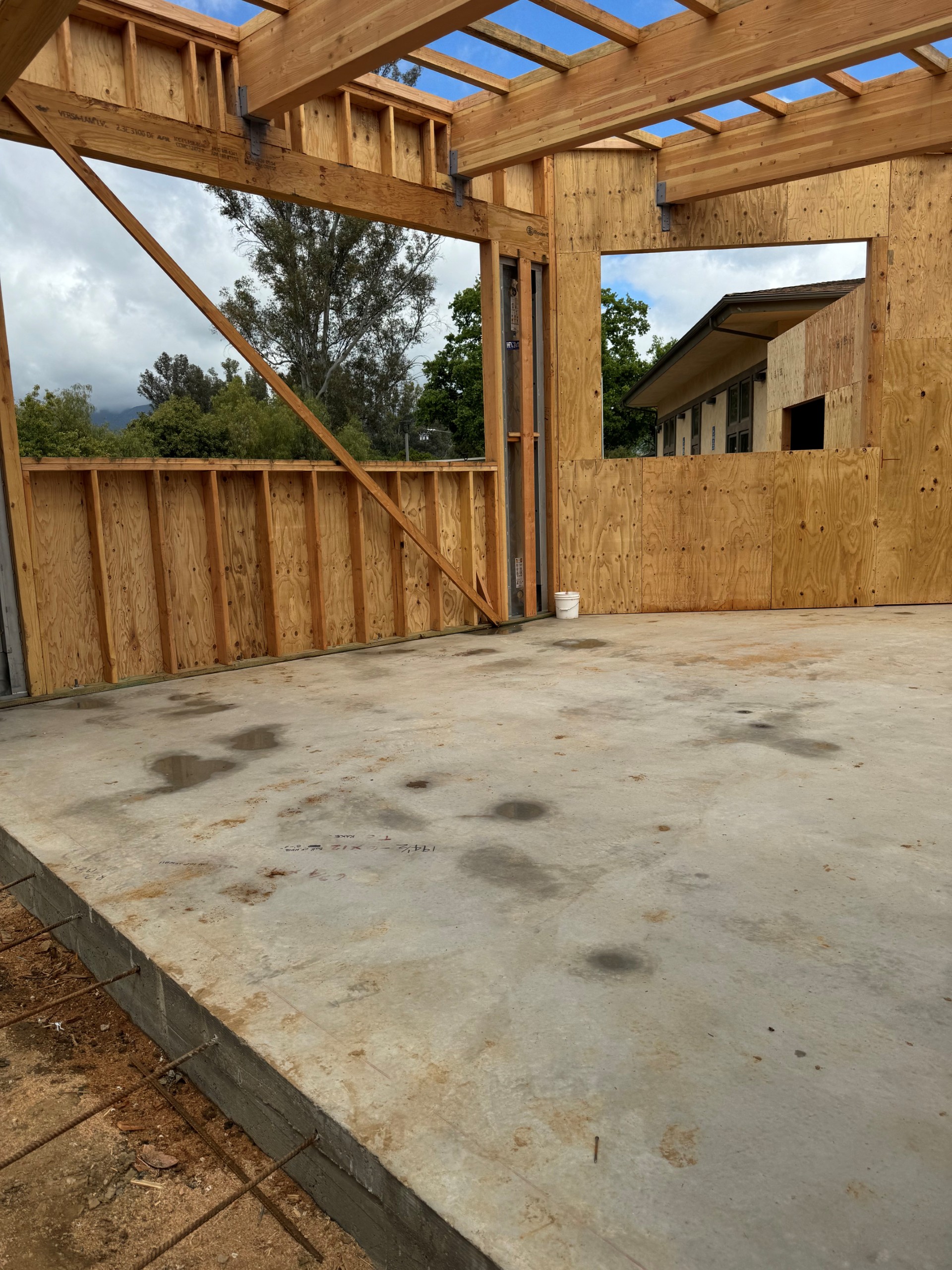The Road to Zero Carbon Is Paved with Concrete
Cement Substitutes Are Big Step Forward

The Carbon Problem
The built environment is responsible for 40 percent of all carbon emissions worldwide. By eliminating gas-producing appliances and equipment, and converting our energy uses to renewable, along with high-performing, energy-efficient construction, we can significantly reduce the operational carbon in the built environment, but we will still have the embodied carbon impact from the manufacturing, transportation, and implementation of building materials and components. The building material with the greatest carbon impact is concrete. Concrete accounts for 8-12 percent of all the man-made greenhouse gases due to the massive amount of concrete being used worldwide today.
The Product
Concrete is really an awesome building material. It starts out in a liquid form and dries to a rock-hard surface. It is mainly used in constructing foundations but is also used to reach great spans for bridges and even greater heights in high-rises structures.
Concrete is made up of cement, rock, sand, admixtures, and water. Cement is the binder that holds the solids together and makes concrete rock-hard after it cures. However, the cement in the mix is the carbon-producing culprit. To manufacture cement, limestone and other minerals are placed in gas-fired kilns that heat up to 2,000-3,000 degrees. The gas output in this firing process accounts for 40 percent of cement’s greenhouse-gas impact. And the chemical reaction and outgassing of the limestone from this superheating accounts for the other 60 percent of the impact.
The Process
If cement gas-fired kilns were converted to electric and the electric grid was supported by green renewable energy, then the result could eliminate as much as 40 percent of these offensive greenhouse gasses. Carbon capture from the production of cement can also significantly reduce the carbon released into the atmosphere.
The Materials
We are also substituting much of the cement with other materials, such as fly ash and slag. Fly ash is one of the byproducts of coal-burning power plants, while slag is a byproduct of the steel manufacturing process. These types of materials are limited as a result of the gradual elimination of coal-burning power plants and changes in the methods of steel manufacturing, so they will only be used in the short term but cannot be relied on as a long-term solution.
Another cement substitute is pozzolana, a volcanic mineral. Pozzolana is more abundant in certain geographical locations but is characterized by a large range of composition and even larger range of physical properties. Partly because of the proven technical advantages of an intelligent use of pozzolana, its use may be expected to be strongly expanded in the future. The use of pozzolana and other types of substitutes are not the complete answer to zero-carbon; however, specifying various low-carbon aggregates in the concrete mix, while increasing its strength, will reduce the amount of cement used, which is the ultimate goal.
The Solution
There have been breakthroughs in the development of cement-free concrete. Companies such as C-Crete Technologies have created a cement-free concrete by using a mineral compound called zeolite, which can be found throughout the world with almost no carbon dioxide produced during the manufacturing process, while actually absorbing carbon dioxide from the air over time.
Since the cure time and finishing are not a factor, there are many concrete block products that are using higher amounts of fly ash and slag. CarbiCrete, Solidia Technologies, and CarbonBuilt are a few of the block manufacturers that are greatly reducing carbon in their block products.
In Conclusion
These and similar concrete products are now being introduced with the end goal that materials like these become the norm in the very near future, but for now, reducing the cement by 20 percent to 70 percent using the fly ash or slag as cement substitutes, as well as other environmentally materials approved by project engineers, is a big step forward in reducing carbon emissions along with local concrete mixing plants that create similar low-carbon mixes to meet specifications.
Marc Whitman, AIA LEED NCARB, has been a licensed architect practicing sustainable building for the last 40 years and can be reached at whitman-architect.com. Architecturally Speaking is written by members of the American Institute of Architects’ Santa Barbara chapter.










